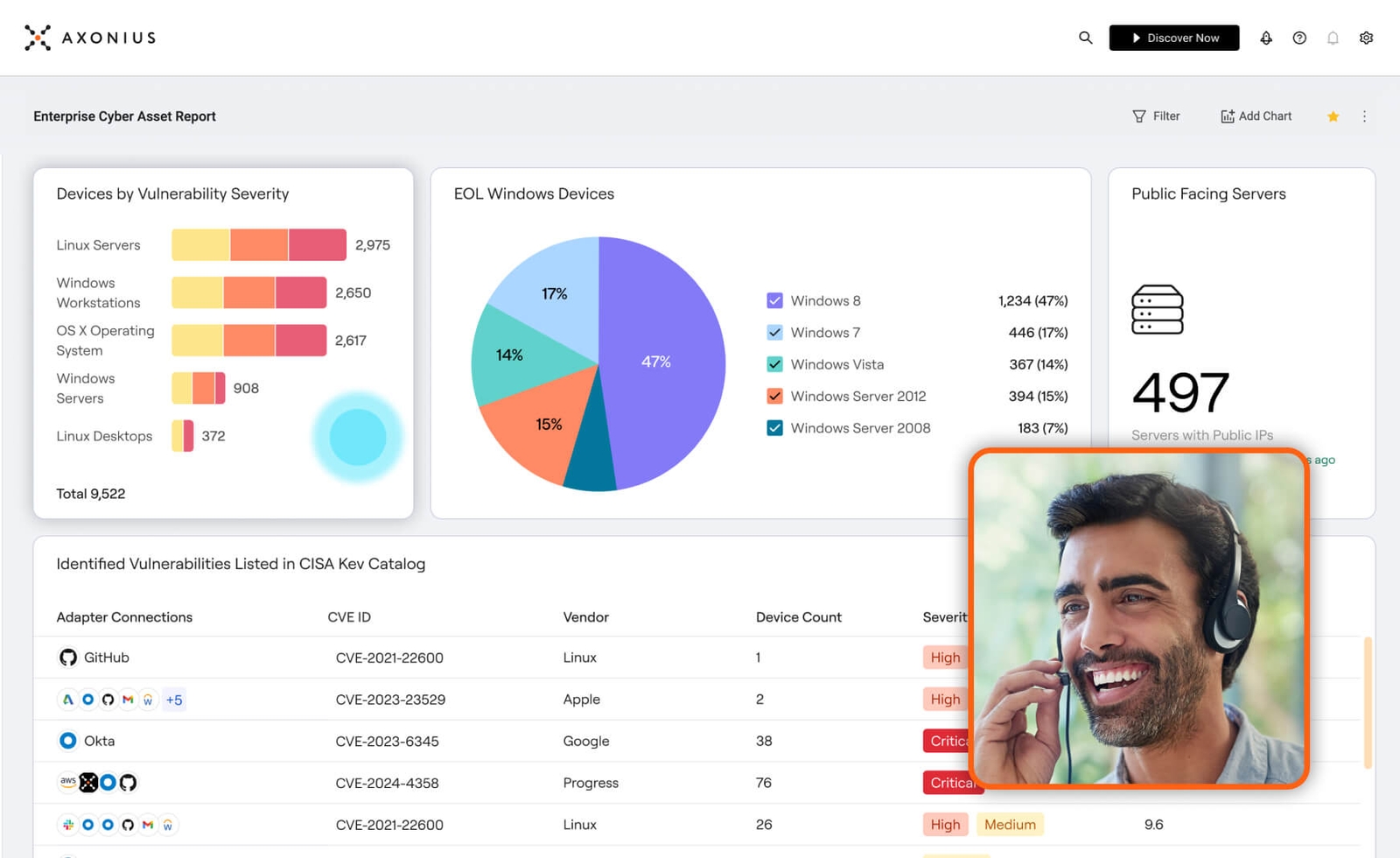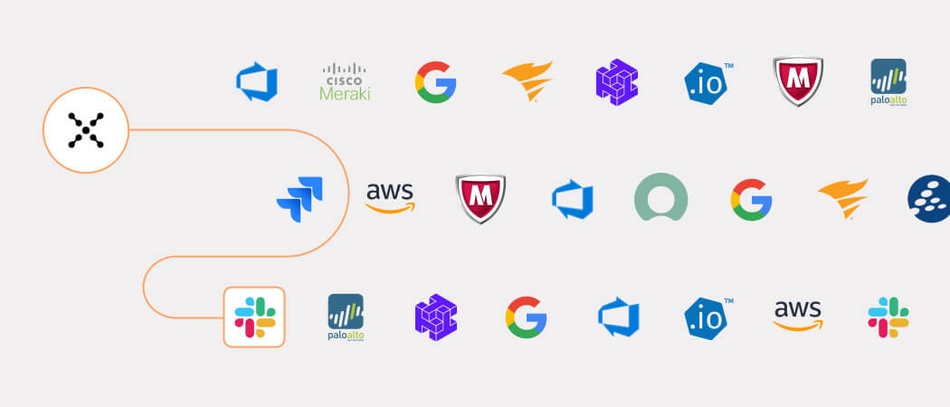Identifying and Remediating SaaS Misconfigurations
Allie Byers

Slack? Zoom? Hubspot? Salesforce? At least one of these SaaS apps, or an app that offers similar services, is likely part of your organization’s business operations. They have become essential for improved productivity, cost-efficiency, and scalability across workplaces.
But, because SaaS apps are easy to download and use, they can drive unknown attack surface expansion and introduce security risks like SaaS misconfigurations.
Yet, despite the popularity and prominence of SaaS providers, any SaaS app can experience misconfigurations. And if they’re not addressed, they can leave an organization’s attack surface open to security risks.
SaaS application misconfigurations are one of the most common ways for bad actors to gain unauthorized access to an organization’s data and network. According to Gartner, 80% of data breaches are caused by misconfiguration issues. While misconfigurations are inevitable, understanding how to identify misconfigurations can help to quickly mitigate them. Let’s take a look at some of the most common SaaS misconfigurations and how to address them.
Address four common SaaS misconfigurations
- Misconfigured access controls: For SaaS administrators, it's important to understand what app permissions, privileges, and access are needed to do one’s job effectively. But provisioning and access controls processes – especially for thousands of users and when done manually – can be tedious and error-prone. Misconfigured access controls can expose opportunities for bad actors to compromise identities or data, or allow an insider to access and leak unauthorized information.
Identity and Access Management (IAM) can help IT administrators manage permissions and prevent excessive access across SaaS apps, especially when it comes to identifying who has access to what, and if they’re authorized to do so. An identity-first approach to SaaS management that underscores strong authentication and least-privilege access can help validate a user’s identity and access rights.
- Configuration Drift: When SaaS application configurations fall out of alignment with the originally defined configuration settings, configuration drift occurs. The main culprits of configuration drift are changes in infrastructure software or hardware that haven’t been adjusted in the configuration settings. While configuration drift is oftentimes unavoidable, when it’s not addressed, it poses security risks.
IT teams struggling with drift should implement consistent and regular configuration reviews to ensure configuration settings are aligned with the originally defined configuration and minimize drift. Using Axonius SaaS Management, SaaS administrators can identify when configuration settings are out of alignment so they can be quickly addressed and reconfigured.
- Third-party configuration errors: Integrating multiple apps with external plugins or extensions allows for greater productivity and efficiency. For example, integrating your Slack app with your project management software. While it seems simple to quickly add a plugin or extension – especially when completing high-volume tasks – even legitimate third-party integrations can create security risks due to the permissions they require. When an unauthorized or misconfigured third-party plugin is installed, doors to sensitive data are left wide open for bad actors to access and exfiltrate sensitive data.
Implementing comprehensive SaaS adoption policies and training can help minimize and prevent unauthorized third-party plugins and extensions. But when IT and security teams are managing hundreds of apps, automated tools help admins gain a comprehensive inventory of every SaaS asset. Axonius SaaS Management offers multi-layered visibility to help administrators fully understand application data flow and interconnectivity for all known and unknown SaaS apps, as well as third and fourth-party extensions. And, using automated scans, monitoring, and policy enforcement through the Axonius Enforcement Center, IT and security administrators can gather actionable data to remediate third-party vendor security risks and gaps.
- Default configurations: Before integrating a SaaS app across an organization’s network, IT and security administrations can modify configuration settings with predefined options based on specific preferences, functionality, and compliance requirements. However, when configuration settings are not modified – because the app was an unauthorized or unknown download or configuration settings were simply overlooked –, default settings can cause significant security concerns. Security risks include vulnerable password policies like allowing limitless password attempts or weak passwords.
Axonius SaaS Management works to automatically flag insecure settings like those from SaaS app default settings. Leveraging the Enforcement Center, SaaS administrators can quickly identify apps that don’t adhere to IT security policies and modify their configuration settings to match their standards.
Mitigating and remediating SaaS misconfigurations with Axonius
Identifying all known and unknown SaaS apps can be a challenge for any IT or security team. But when teams bypass SaaS security policies (knowingly or not), struggles are exacerbated when apps are continually added to the attack surface. With limited visibility into the SaaS app landscape including app data flow and interconnectivity – configuration setting changes made by non-IT and security employees or unknown software updates can occur and pose serious security risks.
Axonius SaaS Management provides IT and security teams with a single source of truth into their SaaS application landscape, offering a simple way to manage and mitigate existing threats. By providing a detailed inventory of all security-relevant settings and configurations of key SaaS applications in the organization, Axonius SaaS Management helps administrators fully understand application data flow and interconnectivity across the IT environment.
And, because each setting’s current configuration state is detected, administrators can easily identify misconfigured settings and take quick action with its built-in remediation options to close configuration gaps.
As SaaS app adoption continues, IT and security teams must take steps to understand what’s happening (or not) within their digital environment. Implementing Axonius SaaS Management helps to gain visibility to mitigate and prevent SaaS app security challenges and maintain SaaS security posture.
Categories
- Cloud and SaaS Security

See Axonius in action
Discover what’s achievable with a product demo, or talk to an Axonius representative.





